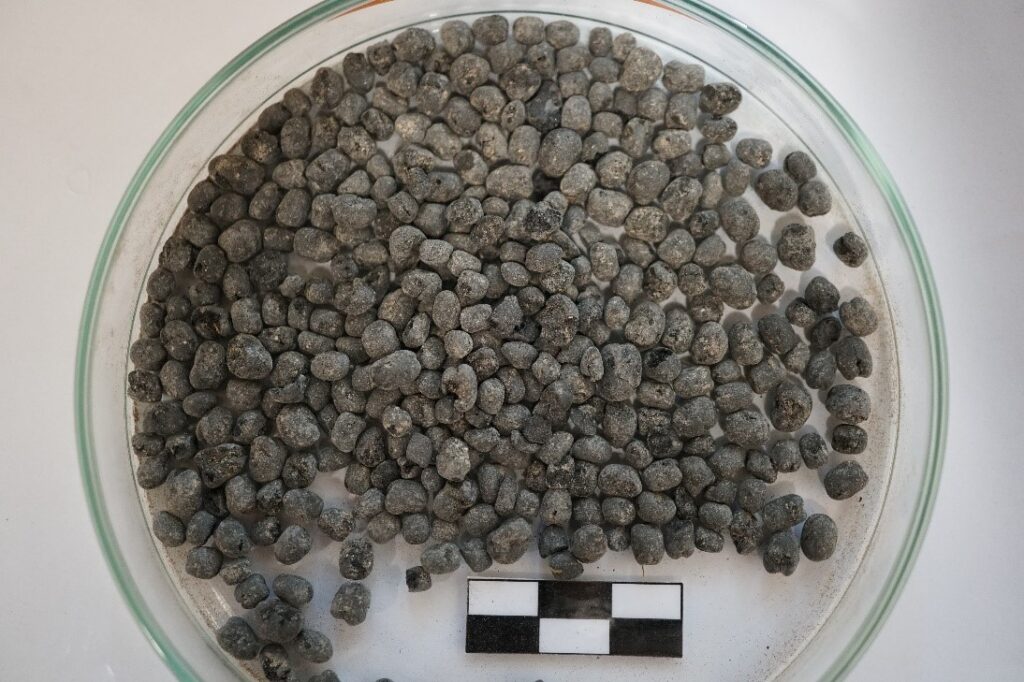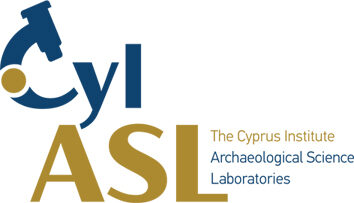Archaeobotany is the study of human interaction with plants in the past. In Greece and Cyprus the evidence mainly comes from charred plant remains preserved after fires, and usually such studies have focused on everyday, domestic contexts. However, plants were also ritually burned in antiquity; our work fills this gap in current research by employing, for the first time, targeted research and detailed sampling from a variety of ritual contexts from Greece and Cyprus in an attempt to elucidate the role of plants and food in the ritual landscape. This role goes along with much better-understood rituals of animal sacrifice: theoretical models have been proposed to explain why people killed, butchered, burnt, and ate their sacrificial victims in particular ways. For the Greek Bronze Age, it has been suggested that religious rituals, festivals and major rites of passage commonly involved specific types of feasting and drinking.
Important questions related to this project are:
- Were plants used in ritual contexts (burials, altars, ritual domestic pyres) and if yes, to what extent?
- Were the specific plants used in ritual contexts different from the ones commonly used in the domestic contexts?
Our work brings together plant remains from a variety of ritual contexts such as the Cypriot Bronze Age cemeteries of Alambra and Marcello (near Paphos), the altar of Hera on the Greek island of Samos, and the remnants of a ritual pyre from Soloi in Cyprus full of broad beans (Figure 1), in order to explore how plants were used in non-domestic contexts.
The new evidence resulting from our work shows that ritual use and deposition of plant material is a more widespread – and diverse – phenomenon than animal sacrifice alone. We have examined ritual deposits in funerary contexts, material from altars in sanctuaries, and sacrificial contexts in domestic sites. These offer a wide spectrum of public and private ritual practice linked by the common theme of the burning and deposition of plant material.
Our ongoing research suggests that people in antiquity deposited in burials grains, nuts and fruits that had already been burnt, possibly to ensure that they would survive in the ritual context through time. In altars, the presence of plant remains is also attested, even though until recently we thought that the main activity here was the sacrificial killing of animals. The plants used in ritual contexts do not differ markedly from those used in the domestic sphere, although more fruits (particularly grapes, figs and olives) seem to have been used more often in ritual practices.

